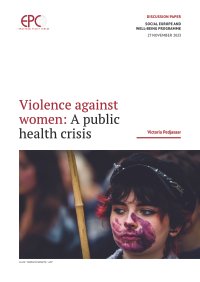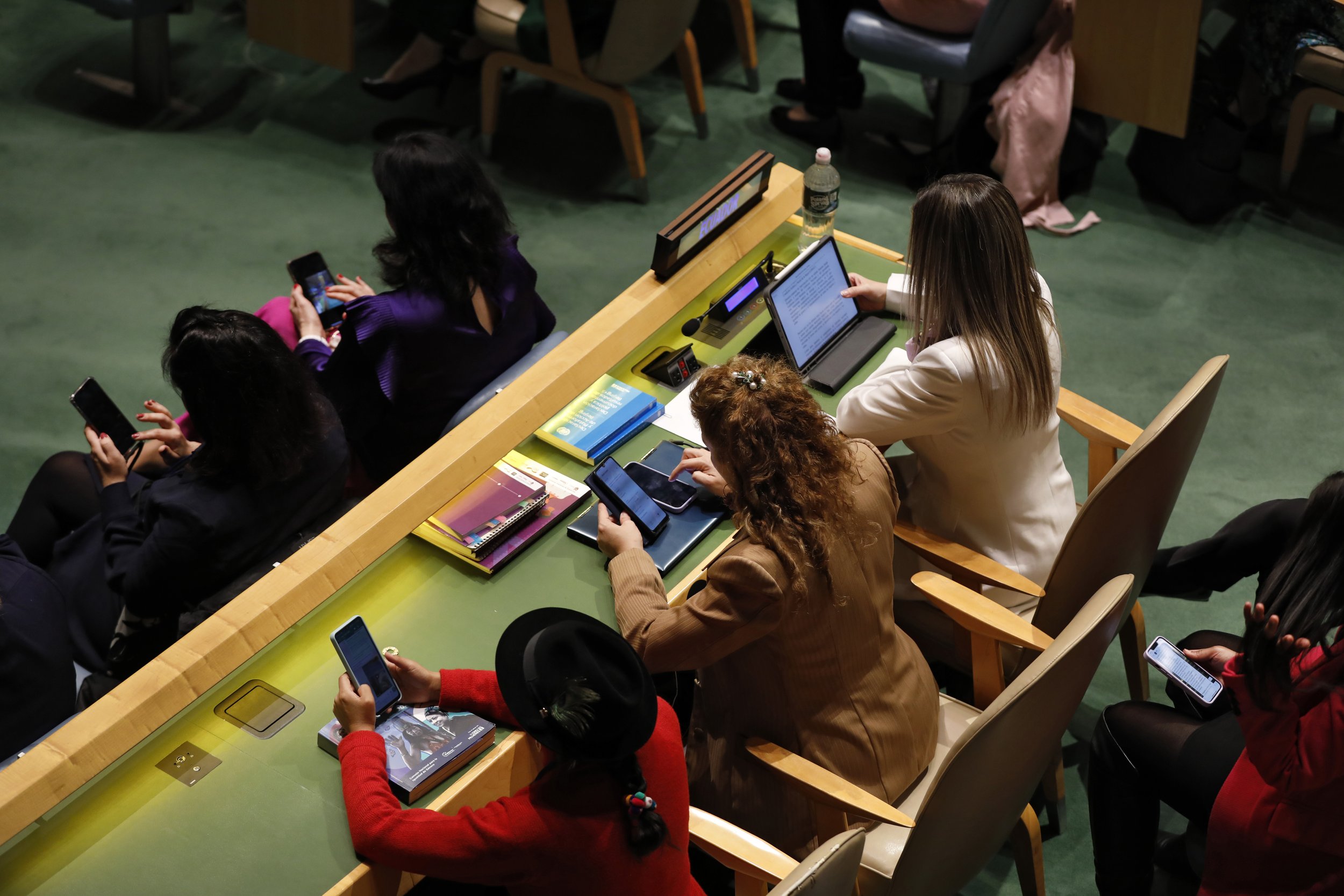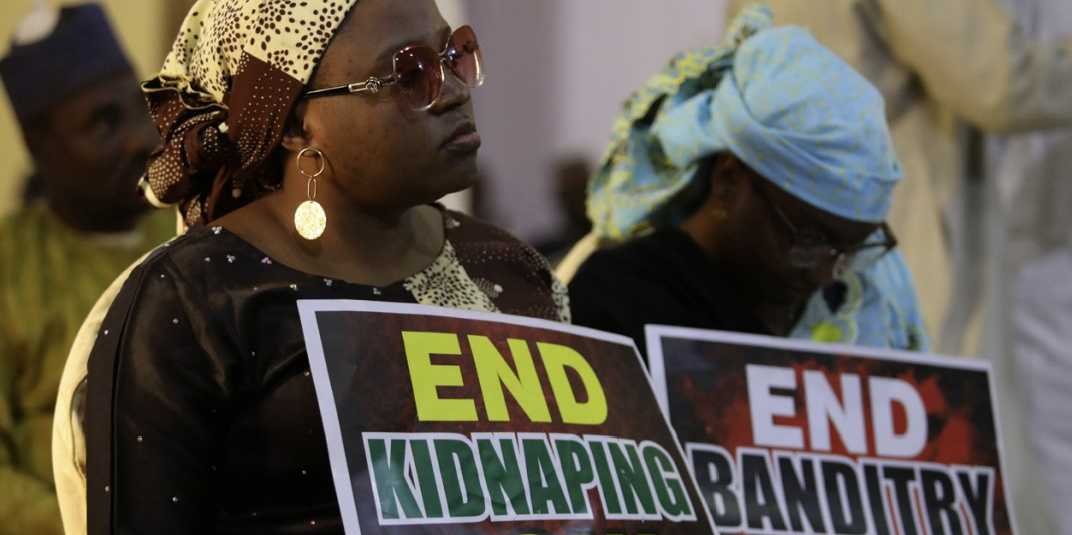By Victoria Pedjasaar
In the EU, a third of women over the age of 15 have experienced physical or sexual violence and over half have been sexually harassed. According to a study by the European Union Agency for Fundamental Rights (FRA), just 13% of women reported their most serious incident of non-partner violence to the authorities. Gender-based violence can occur in various situations and circumstances. According to an EU-wide survey report, 32% of perpetrators of sexual harassment in the EU come from the employment context. Although often overlooked, the majority of (workplace) violence takes place in the healthcare sector as healthcare professionals are 16 times more at risk of violence in comparison to other occupations. Violence does not only manifest in abusive behaviour toward workers on duty but can also be perpetrated on women as receivers of healthcare. High rates of violence in healthcare, brought on and exacerbated by gender stereotypes and inequality, point to dysfunctional health systems. This Paper is divided into the following chapters and provides policy recommendations on the way forward for the EU member states: 1. Gender-based violence against healthcare workers. 2. Obstetric and gynaecological violence against women. 3. Gender-based violence is a story of gender inequality. 4. Legislation and policies that protect women.
Brussels, Belgium: European Policy Centre, 2023. 12p.





















